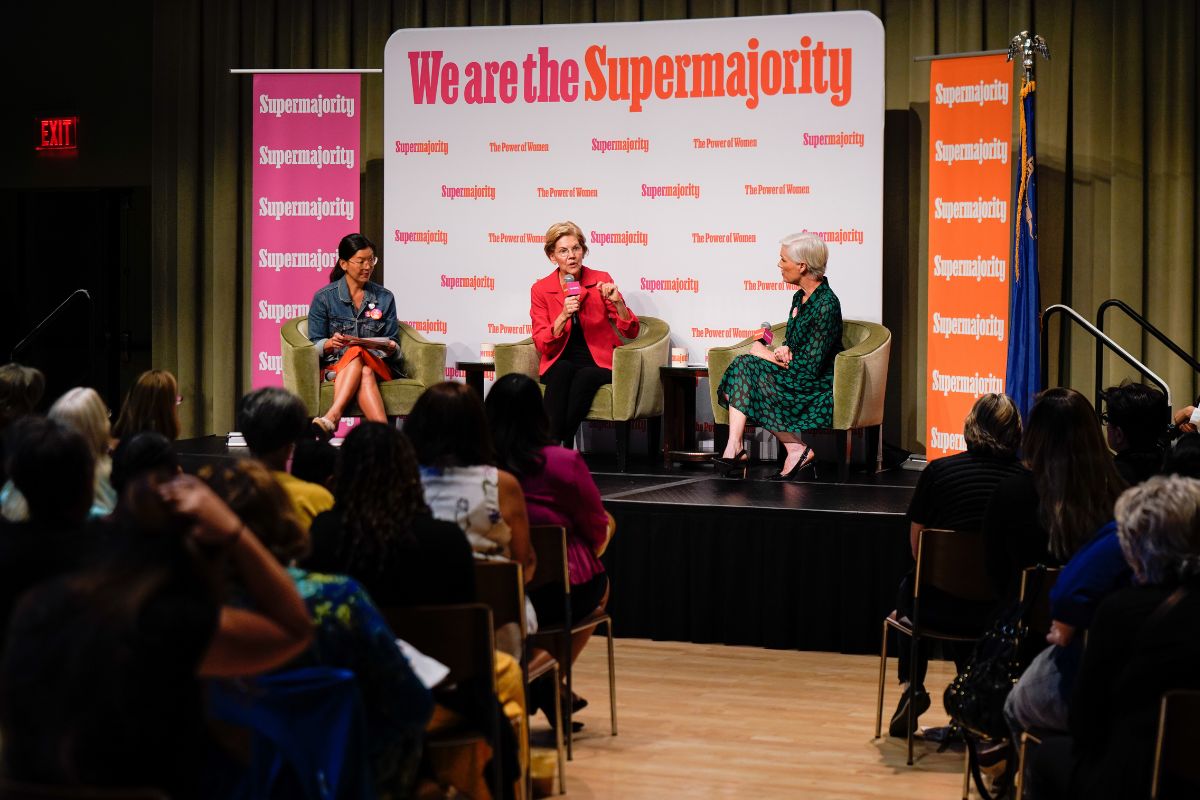
November 14, 2014; Daily Mail (Hudson, NY)
Sign up for our free newsletters
Subscribe to NPQ's newsletters to have our top stories delivered directly to your inbox.
By signing up, you agree to our privacy policy and terms of use, and to receive messages from NPQ and our partners.
Next week is the annual meeting of the Housing Assistance Council, one of the nation’s premier rural advocacy organizations. This author will be speaking on a panel examining rural philanthropy (natch!) amidst many sessions exploring exactly what is happening—or not happening—in rural America. Rural nonprofits know all too well the challenges they face, but many non-rural nonprofits may not.
- Homelessness: Few people associate the homeless with rural America, but truth be told, there are many rural homeless, and typically they are more hidden, less visible, less concentrated, and frequently less well served than the homeless in cities. In tiny Beattyville, Kentucky, community residents have been trying to create a shelter for the area’s homeless without success. In largely rural Greene and Columbia counties in New York, homeless persons can be found sleeping in cars, even baseball dugouts, or wandering through 24-hour convenience stores, according to Florence Ohle, the executive director of Community Action of Greene County. Crook County, Oregon, has 20,000 people, including about 200 homeless persons. How much support do rural nonprofits get for rural homelessness? It’s hard to imagine that rural groups get the kind of help they need to address the distinctive problem of rural homelessness.
- Healthcare: The rural healthcare challenges appear to be getting worse. A recent report on healthcare in rural North Carolina reflects conditions across rural America: “North Carolinians living in rural areas are less likely to have access to health services, are more likely to engage in risky health behaviors, and have a higher mortality rate than North Carolinians living in non-rural areas. The health disparities between urban and rural residents are due to a number of factors including: differences in demographic and socioeconomic factors, health behaviors, and access to and availability of health care services.” This is all exacerbated by the problems faced by rural hospitals, 43 of which having closed since 2010 and six more reportedly on the brink of collapse, according to a recent report in USA Today. The Hutcheson Medical Center in Fort Oglethorpe, Georgia just filed for bankruptcy protection, the Ty Cobb Regional Medical Center in Lavonia is in financial trouble, and 15 rural hospitals in Georgia are classified as “financially fragile.” In Virginia, 20 of the state’s 37 rural hospitals are “operating in the red.” The healthcare crisis in rural America is, sadly, in many cases worse than that in urban America, fundamentally because of the lack of access to quality healthcare providers. Note, by the way, that some of the problems of rural hospitals could be partially alleviated by the expansion of Medicaid coverage, but many states, particularly in the South and West, with large rural populations, have been resistant to this commonsense action.
- Poverty: People underestimate the extent, persistence, and specific problems of rural poverty. An article in the School News Network describes the distinctiveness of rural poverty: “Although the problems of poor rural families are similar to those living in urban areas, their access to help is not…Their remote locations can make it harder for people in the country to deal with poverty than for those in the city, said Marybeth Mattingly, director of research on vulnerable families at the University of New Hampshire’s Carsey School of Public Policy. ‘A lot of times the challenges are the same (in rural and urban areas), but the solutions are different,’ Mattingly said. ‘When you’re poor in rural America, you’re much more isolated.’ For instance, while many city dwellers can take public transportation to work, ‘in rural America, to hold down a job it’s pretty much a necessity you have a car,’ she said. But having a car that runs—or even owning one—is a challenge for many families. ‘The needs are so much greater often in the rural areas, because there aren’t the service providers. They’re this island amongst themselves,’ said Carol Paine-McGovern, executive director of the Kent School Services Network.”
The Washington Post described another distinctive dimension of rural poverty, looking at rural communities in Colorado: “The poverty of Las Animas isn’t the poverty of Appalachia or the Mississippi Delta or an Indian reservation, entrenched and intergenerational, enforced by age-old hierarchies of race and class. It’s the kind of poverty that can affect anyone who finds themselves in a place when the native industries disappear, as they have in Southeast Colorado and other rural areas across America…‘I think it’s more of a place-based poverty than it is demographic,’ says Tracey Farrigan, an economist with the U.S. Department of Agriculture who is studying how rural poverty has spread. ‘People are moving to areas where they can afford to live, which are areas with less support for them. It’s kind of a cycle. So the places are poor, and the people are poor.’”
No one should imagine that rural conditions are somehow vastly improved. On a number of factors, conditions in rural America are tougher, but we have yet to see philanthropic resources mobilized in the way they should be to make progress in reversing rural homelessness, deficiencies in rural healthcare provision, and the persistence of rural poverty.—Rick Cohen











